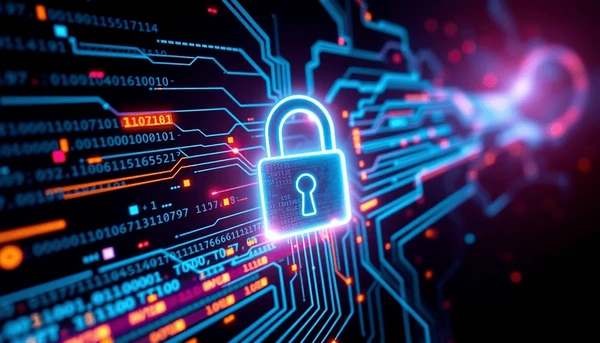CISSP Training Online: The Ultimate Guide to Becoming a Certified Security Professional
CISSP Training Online: The Complete Guide to Earning a Certified Security Professional Credential
In the fast-changing cybersecurity world of today, professionals continually search for means to advance their expertise and attain certifications that can open doors to a successful career. Among the most well-known and acclaimed certifications in the field of cybersecurity is the CISSP (Certified Information Systems Security Professional). UniNets offers relevant CISSP training online that assists learners in mastering the required skills to secure important digital infrastructure.

What is CISSP and Why is It Important?
(ISC)² offers the CISSP credential, which is globally recognized as a standard for information security. This certification ensures that you can design, implement, and govern a world-class cybersecurity program. Be it a security analyst, IT auditor, or network architect, the CISSP course is a perfect way to propel your career.
At UniNets, our CISSP training is designed to international standards, getting students ready with live examples, current syllabus, and practical exposure.
Why Should You Opt for CISSP Training at UniNets?
Selecting UniNets for your online CISSP training provides you with access to experienced trainers, flexible timings, and hands-on labs. Our CISSP training course material includes all eight domains of the CISSP CBK (Common Body of Knowledge) to get you ready for the exam.
Main Advantages:
Access to recorded sessions
Industry-recognized trainers
Real-time projects and case studies
Lab access for practical exposure
24/7 learning portal access
CISSP and Networking Fundamentals: How They ConnectTo truly understand the scope of CISSP, it's essential to grasp the components of computer network systems. Security professionals must understand the flow of data and the network components involved, such as:
Routers
Switches
Firewalls
Access Points
Network cables and connectors
These networking components form the backbone of any IT infrastructure. Understanding how these devices work—and how to secure them—is a critical part of CISSP training.
Understanding Network Components for CISSPSecurity professionals must not only secure data but also secure the hardware and network components that transmit this data. At UniNets, our CISSP course includes foundational training on these components of computer networks so that students can:
Identify and acquire physical and logical network layers
Deploy best practices for network segmentation
Know the protocols used in data communication
Switching in Computer Network: A Key ConceptPart of learning about networking devices is learning about switching in computer network systems. Switching is an act of forwarding network traffic from a source to a destination via switches.
Topics that we address in our CISSP training online include:
What is a switch in computer network
Various types of switching methods in computer networks
The use of switches in LAN and VLAN networks
It is crucial for CISSP professionals to understand these terms, particularly in designing secure networks.
Switching Methods in Computer NetworksThere are various switching methods in computer networks, such as:
Circuit Switching – Sets up a dedicated link between two devices.
Packet Switching – Divides data into packets for more effective transmission.
Message Switching – Whole messages are passed and held for a short time at intermediate devices.
At UniNets, students learn how these switching methods influence network performance and security, both of which are highly relevant in the CISSP field.
Dynamic Trunking Protocol (DTP) in Networking
Dynamic Trunking Protocol (DTP) is yet another progressive network concept that must be grasped by CISSP professionals. Networking use of DTP is applied under VLAN setups to dynamically negotiate trunking on a link between two Cisco switches.
Understanding how DTP works in networking is critical when planning secure VLAN architectures. Our instructors at UniNets include real-world uses of DTP and possible security traps so that you can defend enterprise-class network environments.
Who Should Enroll in the CISSP Course?
The CISSP course at UniNets is best for IT and cybersecurity professionals. Typical job titles include:
Network Security Engineers
Security Consultants
System Architects
IT Managers
Security Analysts
If you want to advance your current position or transition into a cybersecurity leadership role, this CISSP course is your ticket to success.
Final Thoughts
The need for certified security practitioners keeps increasing worldwide. By doing CISSP training online from UniNets, you can acquire the knowledge, confidence, and certifications necessary to be a standout in this competitive marketplace.
By learning cybersecurity fundamentals and knowing basic networking concepts such as network devices, switching methods, and DTP in networking, you'll be adequately prepared to defend today's digital ecosystems.
Ready to be a Certified Security Professional? Register in our CISSP course today at UniNets and advance your cybersecurity career!
